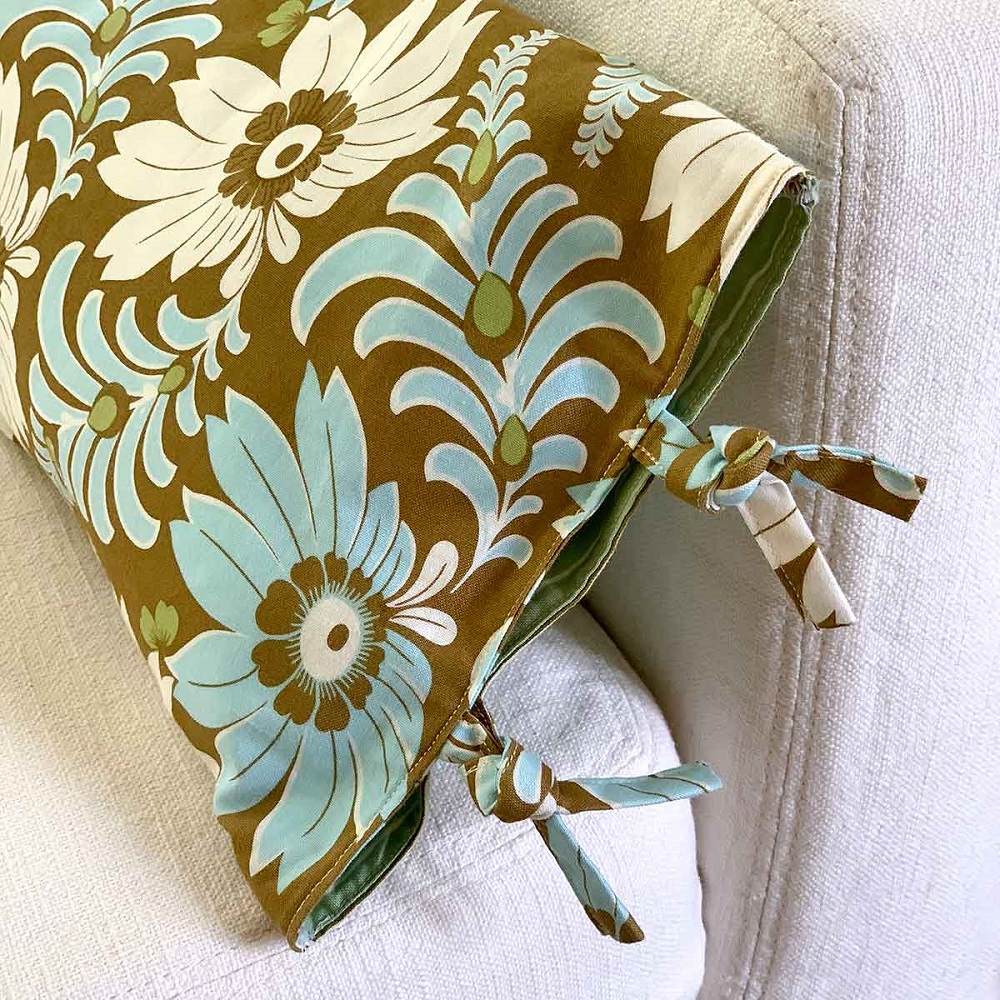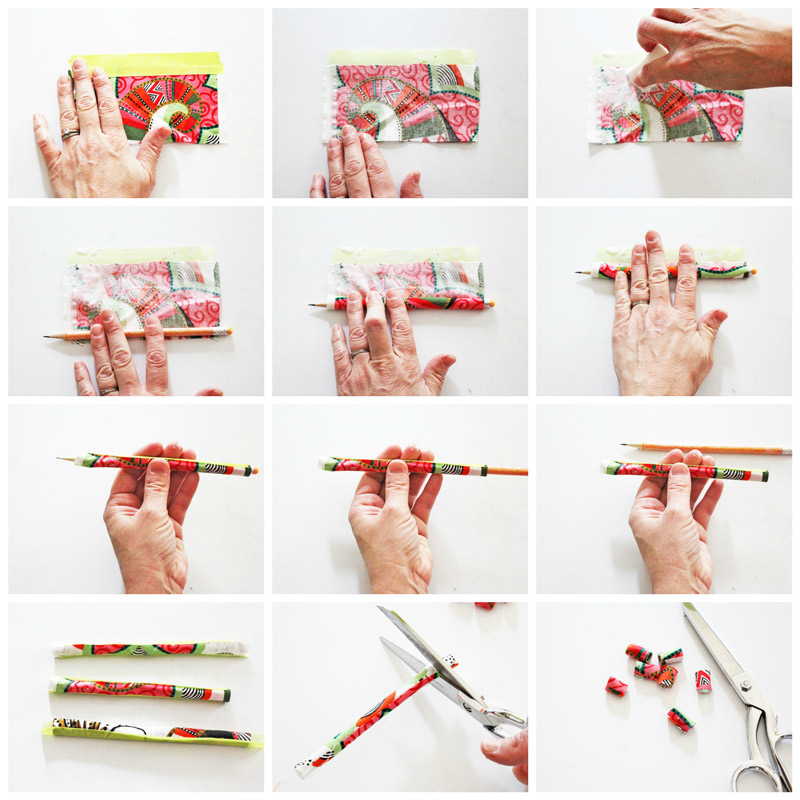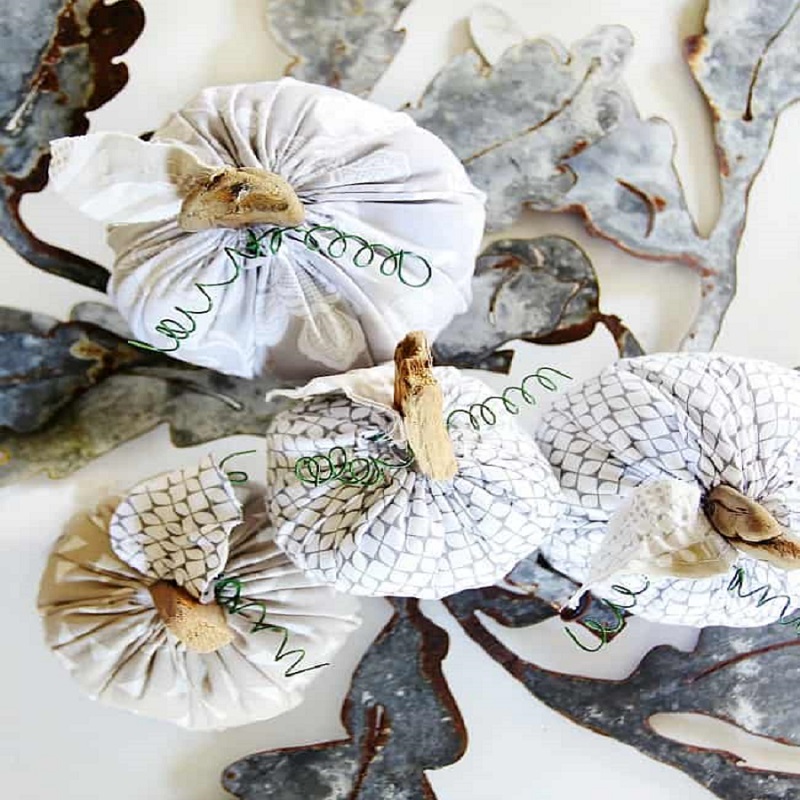Making fabric, whether at home or in a factory, is a fascinating process that blends creativity with technical skill. From the basic weaving and knitting of threads to the sophisticated manufacturing processes used in textile mills, fabric production plays a crucial role in various industries, including fashion, upholstery, and home décor. For beginners, understanding how to make fabric can seem like a daunting task, but breaking the process down into manageable steps can make it more approachable. This guide will walk you through the basic steps involved in fabric making and provide you with the knowledge you need to start creating your own fabric from scratch.

1. Understanding the Basics of Fabric Creation
1.1 What Is Fabric?
Before diving into the steps of how to make fabric. It’s important to first understand what fabric is and how it’s constructed. Fabric is a material made by interlacing or knitting fibers together to create a larger, cohesive sheet of textile. These fibers can be derived from natural sources, such as cotton, wool, and silk, or synthetic sources. Such as polyester and nylon. The process of creating fabric involves several steps, including preparing the raw fibers. Spinning them into yarn, and finally weaving or knitting them into cloth.
There are different types of fabric, such as woven, knitted, and non-woven fabrics. Each type is created using distinct techniques and machinery. Woven fabrics are made by interlacing two sets of yarn—one set running horizontally (the weft) and the other vertically (the warp). Knitted fabrics are made by interlocking loops of yarn, which results in a more flexible material. Non-woven fabrics, such as felt, are made by bonding fibers together using heat, chemicals, or mechanical pressure.
1.2 Why is Understanding Fabric Creation Important?
Learning how fabric is made is essential for various reasons. Especially if you’re interested in fashion design, DIY projects, or textile art. By understanding the basic fabric-making process, you can make informed decisions about which materials to use for your projects. Additionally, you will gain an appreciation for the amount of work and skill that goes into fabric production, whether it’s for a simple shirt or an intricate piece of artwork. Knowing how to make fabric can also be empowering, as it allows you to experiment with different textures, colors, and patterns to create one-of-a-kind textiles.
2. The Raw Materials: Fibers
2.1 Types of Fibers Used to Make Fabric
The first step in fabric-making is choosing the right raw materials, typically in the form of fibers. Fibers are the building blocks of fabric and can come from a variety of sources. Broadly speaking, fibers are classified into two categories: natural fibers and synthetic fibers.
Natural fibers are derived from plants, animals, or minerals. Some of the most common natural fibers used in fabric-making include:
- Cotton: Derived from the cotton plant, cotton fibers are soft, breathable, and absorbent, making them ideal for clothing.
- Wool: Sourced from sheep, wool is warm, elastic, and resilient, making it perfect for colder climates.
- Silk: Harvested from the cocoon of the silkworm, silk is prized for its luxurious texture and sheen.
- Linen: Made from the flax plant, linen is strong, breathable, and cool to the touch, often used in summer clothing.
Synthetic fibers are man-made and usually produced through chemical processes. These fibers are generally more affordable than natural fibers and can be engineered to have specific properties, such as greater durability or water resistance. Common synthetic fibers include:
- Polyester: Known for its strength and resistance to wrinkles, polyester is widely used in fashion and home textiles.
- Nylon: Strong, lightweight, and elastic, nylon is often used for outdoor gear and activewear.
- Acrylic: Similar to wool in its softness and warmth, acrylic is commonly used in sweaters and blankets.
2.2 Preparing the Fibers for Spinning
Once the fibers are selected, they must be prepared for spinning. This preparation process varies depending on the type of fiber being used. For natural fibers like cotton, the fibers need to be cleaned and carded, which involves separating and aligning the fibers. Wool, for example, is first cleaned to remove any lanolin (a natural oil). Then carded to create a smooth, even texture. For synthetic fibers, the fibers are often extruded through a process called “spinning” to create long filaments that can be woven or knitted into fabric.
3. Spinning the Fiber into Yarn
3.1 The Spinning Process
The next step in fabric production is turning the prepared fibers into yarn, a continuous thread that can be woven or knitted into fabric. Spinning is the process of twisting the fibers together to create yarn. And it plays a crucial role in determining the texture and strength of the final fabric.
During the spinning process, the fibers are fed into a spinning wheel or modern spinning machine. The fibers are twisted together to form a continuous strand. and the level of twist determines whether the yarn is thick or thin, smooth or rough. For instance, tightly twisted yarn tends to create a smooth and strong fabric, while loosely twisted yarn results in a softer, more delicate material.
3.2 Different Types of Yarn
There are several types of yarn, each suited to specific fabric-making techniques and purposes. The key types of yarn include:
- Spun yarn: Made by spinning short fibers into a continuous thread, spun yarn is commonly used for woven fabrics.
- Filament yarn: Made from long continuous filaments, filament yarn is typically used in smooth fabrics like satin or taffeta.
- Textured yarn: This type of yarn is intentionally twisted or crimped to create a textured or stretchy effect in fabrics like jersey knit or fleece.
4. Weaving and Knitting: Turning Yarn into Fabric
4.1 The Weaving Process
Weaving is one of the most common methods of fabric creation. In weaving, two sets of yarn (the warp and the weft) are interlaced at right angles to create a fabric. The warp yarn runs lengthwise (from top to bottom), while the weft yarn runs horizontally (side to side). Weaving is typically done using a loom, a device that holds the warp yarn in place while the weft yarn is passed through.
There are various weaving patterns, including plain weave, twill weave, and satin weave, each producing different textures and qualities in the fabric. For example, plain weave is the most basic and commonly used pattern, while satin weave creates a smooth, shiny fabric.

4.2 The Knitting Process
Knitting is another method of fabric creation, though it differs significantly from weaving. In knitting, yarn is interlaced in loops to create a flexible, stretchy material. Unlike woven fabric, which is typically stiff and structured, knitted fabrics tend to be more elastic and comfortable.
There are two primary types of knitting: weft knitting and warp knitting. Weft knitting is the most common type used in garments such as sweaters and t-shirts, while warp knitting is used to create fabrics like sportswear and certain types of upholstery.
5. Dyeing and Finishing the Fabric
5.1 Dyeing the Fabric
After the fabric has been woven or knitted, it often undergoes a process called dyeing, in which color is applied to the fibers. Dyeing can be done at various stages of fabric production, but the most common method involves dyeing the yarn before it is woven or knitted into fabric. This ensures that the color is evenly distributed throughout the material.
There are several methods of dyeing, including piece dyeing, where the entire fabric is dyed after it has been made, and yarn dyeing, where the yarn is dyed before weaving or knitting. Additionally, there are different types of dyes, such as reactive dyes (which bond with the fibers for long-lasting color) and disperse dyes (which are used for synthetic fibers).
5.2 Finishing the Fabric
Once the fabric is dyed, it undergoes a finishing process, which gives it the final texture, appearance, and performance qualities. Finishing processes can include sizing, which adds stiffness to the fabric, softening, which makes the fabric more supple, and waterproofing, which makes the fabric resistant to moisture.
Finishing also includes processes like calendering (pressing the fabric to smooth it) and sanforizing (pre-shrinking the fabric to prevent future shrinkage).

6. Conclusion: Crafting Your Own Fabric
Learning how to make fabric is a complex yet rewarding process that involves several stages, from selecting the right fibers to weaving or knitting them into a fabric and finishing the material. While fabric-making on a large scale requires specialized equipment and machinery, many of these steps can be replicated on a smaller scale at home. Particularly if you’re interested in DIY textile projects.
Whether you’re a budding designer or simply looking to experiment with fabric creation, understanding the process from start to finish is crucial for achieving the results you want. From selecting the right fibers and spinning them into yarn to weaving or knitting the fabric and finishing it with the perfect color and texture. Fabric-making is a journey of creativity, skill, and discovery.









